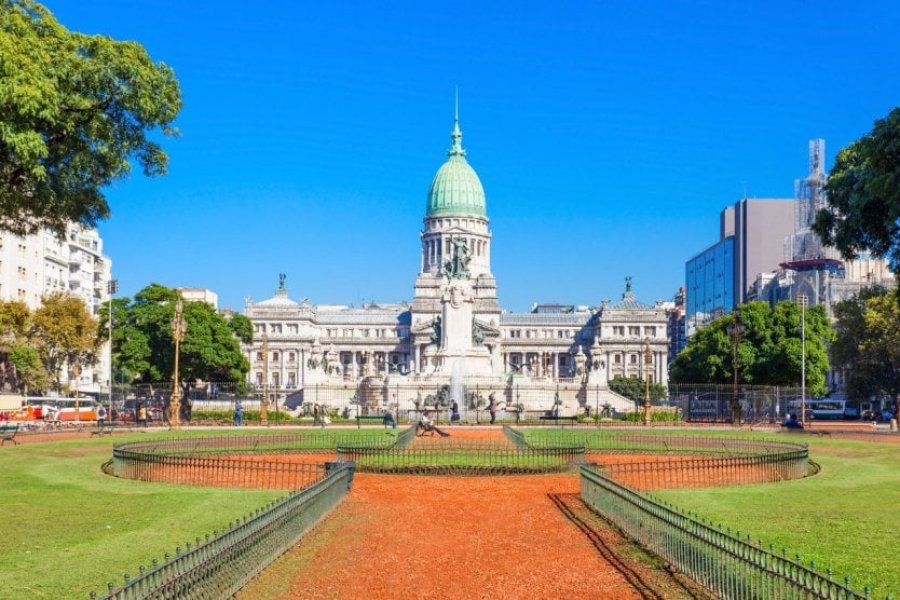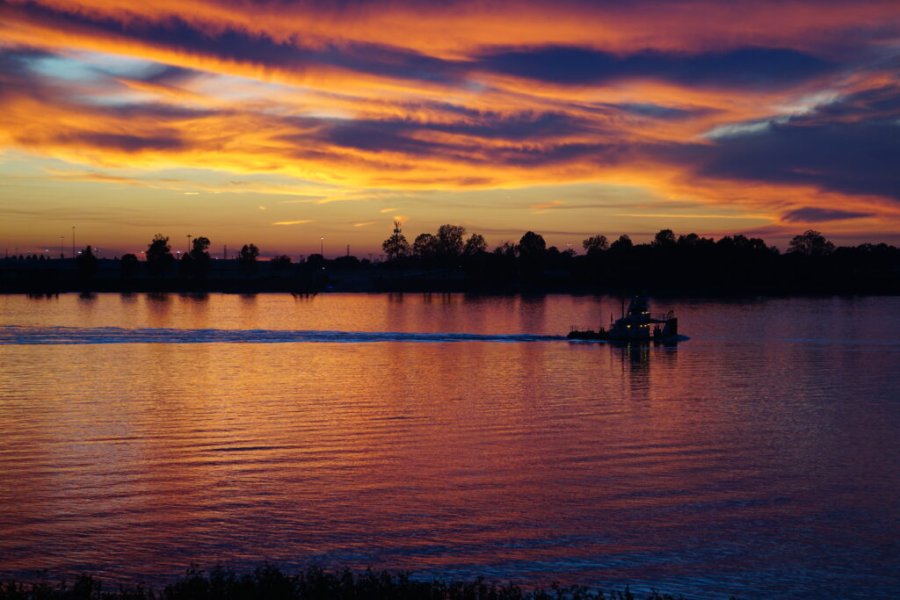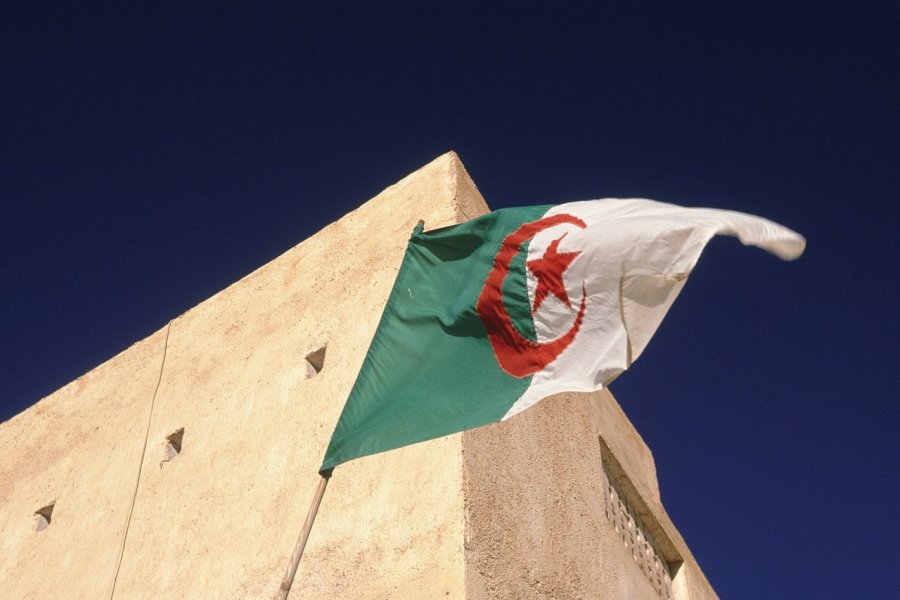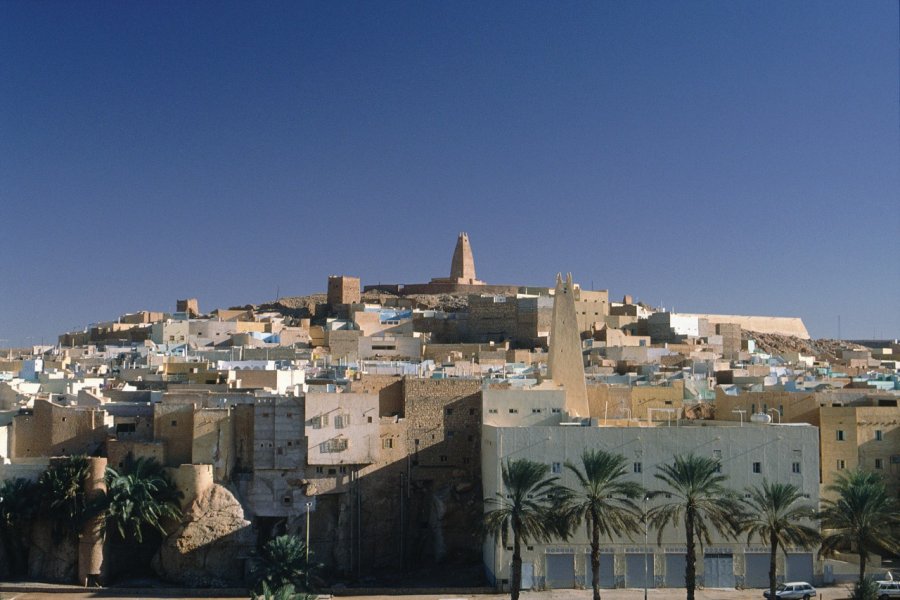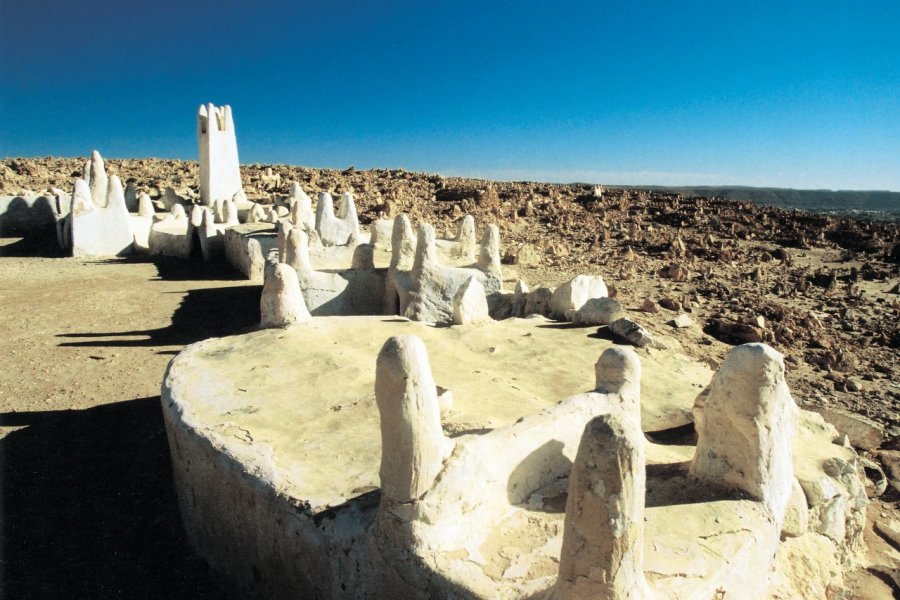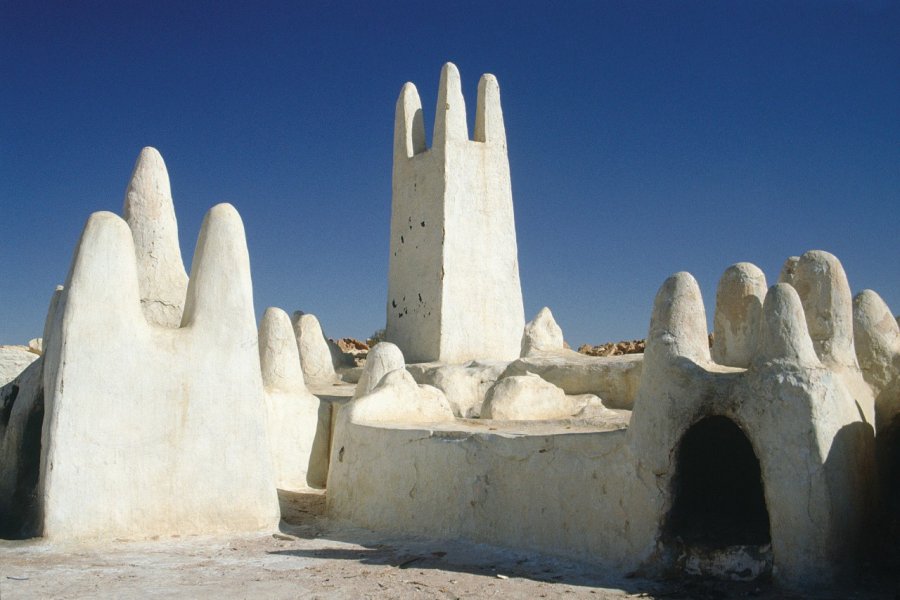Travel Guide Ghardaia
Find an accommodation
Advertising
Since its foundation, the city has had a commercial vocation and gave its name by extension to the pentapolis. This is why we find all the services (transport, shops, accommodation...) in a new Ghardaïa pushed out of the ramparts, along the oued M'Zab. Coming from the airport, we drive on a charred hamada with pinkish tints. On the right, an enclosure hosts every Thursday a car market; a little further on, on the left, some silhouettes hurry towards a rare shade in the industrial zone of Ghardaïa. Then the road quickly descends in long curves towards a fault of about 7 km long. We are shown the old road, too dangerous.. Bypassing the strange monument which marks the entrance of the M'Zab valley, a first city, Bou-Noura, appears quickly on the right. The kind of sand castle that stands in the middle of the traffic circle took years to emerge, several times threatened by lack of money or ideas. A policeman on each side of the road watches over the traffic towards the city, a friendly sign is enough to pass. Following the M'Zab wadi, we enter Ghardaïa through a wide avenue lined on one side with arcades under which a number of mechanical workshops are sheltered. On October 4, 2008, at 4:00 am, heavy rains caused the oued Mzab to burst its banks, resulting in 33 dead and 50 injured, as well as extensive material damage. Since then, the city authorities are building a retaining dam to avoid this type of disaster. This flood has significantly changed the face of the city. Everyone has their own speciality, "parallelism" or "rewinding", there is no general mechanics. On the other side of the river bed, Melika hangs its pastel houses on the steep sides of a hill. Béni-Isguen, on the left, is more discreet. It will be necessary to return on its steps by another parallel street to discover the city classified with the inheritance of humanity in 1982 by Unesco. On the heights, isolated watchtowers, one of which was built in one night, symbolize the solidarity of the Mozabites. At the bottom of the valley, Ghardaïa with its two minarets. We will not see El-Ateuf immediately, 9 km downstream from the wadi. In the lower city, recent, one can visit a small craft center inserted in the external ramparts. There is reconstituted a traditional house where almost blows the spirit of invisible inhabitants (furniture, everyday objects, carpets, kitchen utensils ...). On the heights, a large light ochre building dominates the city. The Rostemides Hotel was a disused barracks when Fernand Pouillon was commissioned to rehabilitate it and transform it into a "grand hotel". Due to the disaffection of tourists, it was closed in 1994, passing the baton to the Djanoub. In spite of the current renovations, try to have one of the guards open the doors for you: the view of Ghardaïa allows you to understand the urban organization of the M'Zab and the echo of footsteps in the huge colonnaded reception rooms brings about a sweet nostalgia of better days. After the commercial center marked by the three main streets (rue Émir-Abdelkader, rue du1er-Novembre and rue Ahmed-Talbi), one must pass through an open door in the axis of rue Émir-Abdelkader to reach the vast market place lined with whitewashed arcades. It is on this renovated square that the notables used to meet to deal with the affairs of the city (djemaâ), but if the stones on which they used to sit have disappeared today as has the raised prayer area, the most important market still takes place on Fridays. This is also where you will find, on the left as you enter the square, some handicraft stores You have to pass under an open door in the longest part of the esplanade to enter the "old" Ghardaïa. The atmosphere changes suddenly. The light, made less aggressive by the ochre proximity of the walls, lets us glimpse the old men who watch the street from the threshold of a tiny store, the children who slip between mopeds and donkeys loaded with provisions or rubble from a renovation and the white and anonymous silhouettes of women who hurry before disappearing It is at the bottom of the main street (Cheikh-Ammi-Saïd street) that we find the office of the guides of the city indicated by an old wooden sign. We recommend you to follow one of them for a first discovery (closed at lunch time) As you go up, the streets become narrower and more tortuous, sometimes turning into real stairs. Some of them are dead ends serving several homes. Through the low doors left open but veiled by a curtain, one can hear, without ever being able to slip an indiscreet eye, the life of the families. On each side of the doors, small niches closed by a perforated metal door house the gas and electricity meters. From time to time, one is dazzled by the bluish glow of a metal water tank fixed on the roof of a house, next to the satellite dish. We finally arrive at the mosque whose minaret with four fingers stretched towards the sky, as a call to the divine presence and slightly leaning, not to resist the wind but because the human hand is imperfect, dominates the city. It can be visited with a guide, only in the morning and outside of holidays. Under the mosque, an underground passage allows those who live on the other side of the hill to reach the entrance of the prayer hall more quickly. Back in the lower city, one can walk to the Sidi Bou-Gdemma mosque by going up the oued M'Zab towards the north. This mosque, always of great simplicity, would have been built on the site of the camp of the founder of the city. Climbing the steps of the great staircase that crosses the cemetery, one is struck by the air of abandonment of the tombs. The dead are buried lying on their right sides facing Mecca. An upright stone marks the location of the head and two stones for the feet of a man - and the reverse for a woman. A fourth stone in the middle of the tomb indicates that the woman died pregnant. Green pottery and shards allow families to recognize their own. If there are so many cemeteries around the towns of the M'Zab, it is because in the Ibadite Muslim tradition, a plot of land that has welcomed the dead is consecrated forever and there can be no question of time-limited concessions Towards the south, the road bypasses the old city and leads to the palm grove of Ghardaïa. On the right, a drinking water distribution point where the tankers that still supply the villages come to refuel marks the entrance to the access road to the dam and then to the palm grove.
What to visit Ghardaia?
Suggested addresses Ghardaia
Weather at the moment
Advertising
Organize your trip with our partners Ghardaia
Transportation
Book your plane tickets
Car Rental
Boat rental
Accommodation & stays
Find a hotel
Holiday rental
Find your campsite
Tailor-made trip
Immersion travel
Services / On site
Activities & visits
Find a doctor








